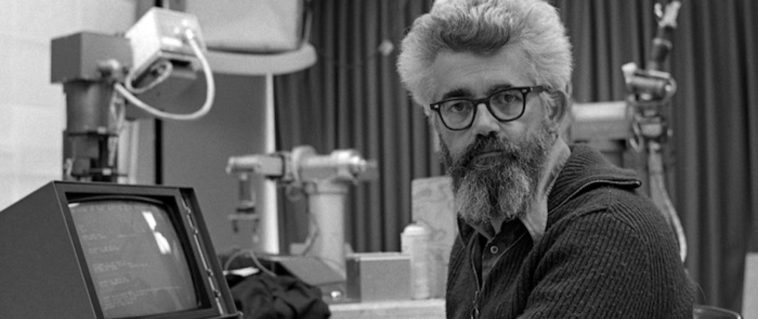Cloud computing is a technology that has revolutionized the way we use computers and access data. It allows us to store and access our data and applications on remote servers through the internet, rather than on our own personal computers or local servers. This technology has made it possible for businesses to scale quickly, improve their operations, and reduce their costs. However, the origins of cloud computing can be traced back to the 1960s, when the concept of time-sharing emerged. In this article, we will discuss the father of cloud computing, John McCarthy, and his contributions to the development of this technology.
John McCarthy was an American computer scientist who is best known for his work on artificial intelligence. He was born on September 4, 1927, in Boston, Massachusetts, and died on October 24, 2011, in Stanford, California. McCarthy was a professor of computer science at Stanford University and a recipient of the Turing Award, which is considered the highest honor in computer science. In addition to his work on artificial intelligence, McCarthy was also a pioneer in the field of cloud computing.
McCarthy’s vision of cloud computing can be traced back to the 1960s when he was working on a project called the Compatible Time-Sharing System (CTSS) at the Massachusetts Institute of Technology (MIT). CTSS was an operating system that allowed multiple users to access a single computer simultaneously. This was a significant breakthrough at the time because it allowed users to share resources and access computing power without having to purchase their own computers. McCarthy was one of the key developers of this system, and his work on CTSS laid the foundation for cloud computing.
McCarthy’s vision for cloud computing was to create a “utility” for computing power. He believed that computing resources should be as readily available as electricity or water and that users should only pay for what they use. This idea was revolutionary at the time because it challenged the traditional model of computing, which involved purchasing expensive hardware and software licenses. Instead, McCarthy proposed a model where users could access computing resources on demand and only pay for the resources they used.
In 1961, McCarthy wrote a paper titled “Remote Computation and the Construction of a Time-Sharing System,” which outlined his vision for cloud computing. In the paper, he proposed the idea of a “computer utility,” which would provide computing resources to users on demand. He envisioned a world where users could access computing power from anywhere, at any time, and only pay for what they used. This was a radical concept at the time, but it laid the foundation for the development of cloud computing.
In the 1970s, McCarthy continued to work on cloud computing, and he was instrumental in the development of the first cloud-based service, called the ARPANET. The ARPANET was a network of computers that allowed researchers to share resources and access computing power from remote locations. This was a significant breakthrough at the time because it allowed researchers to collaborate and share data in real time.
McCarthy’s contributions to cloud computing continued throughout his career, and he was a vocal advocate for the technology. In the 1990s, he proposed the idea of “computation as a public utility,” which he believed would be the next logical step in the evolution of cloud computing. He believed that cloud computing would become an essential component of modern society, just like electricity or water.
Today, cloud computing has become a ubiquitous technology that is used by individuals and businesses around the world. It has transformed the way we access and store data, and it has enabled businesses to scale quickly and reduce their costs. McCarthy’s vision for cloud computing was truly ahead of its time, and his contributions to the development of this technology cannot be overstated. He is truly the father of cloud computing, and his legacy will




Comments
0 comments